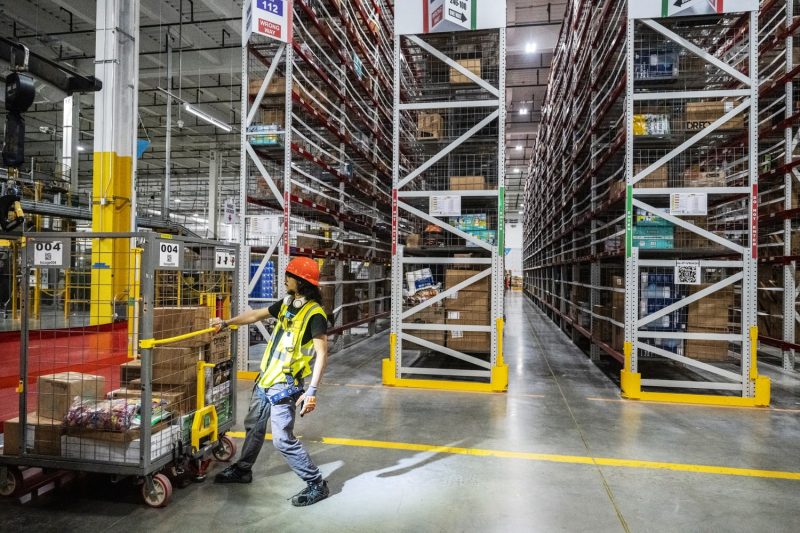The latest report on the U.S. unemployment rate indicates a slight increase to 4.3%, pointing towards signs of a broader economic slowdown. This data is essential for understanding the current state of the economy and the challenges that lie ahead. In this article, we will delve deeper into the reasons behind the uptick in the unemployment rate, its implications, and potential solutions to address the issue.
One of the key factors contributing to the rise in the unemployment rate is the ongoing impact of the COVID-19 pandemic. While the economy has been gradually recovering from the disruptions caused by the pandemic, certain sectors continue to struggle, leading to job losses and increased unemployment. Industries such as hospitality, travel, and retail have been particularly hard hit, resulting in layoffs and reduced hiring.
Additionally, the broader economic slowdown can be attributed to various other factors, including supply chain disruptions, rising inflation, and uncertainties surrounding global trade. These challenges have created a ripple effect across the economy, affecting businesses of all sizes and leading to reduced consumer spending and investment.
The uptick in the unemployment rate has significant implications for individuals and families across the country. Job losses or prolonged unemployment can result in financial strain, impacting individuals’ ability to meet basic needs and leading to increased stress and uncertainty. Moreover, a higher unemployment rate can also hinder overall economic growth, as it reduces consumer spending and dampens business confidence.
Addressing the rising unemployment rate requires a multi-faceted approach that involves both short-term measures and long-term strategies. In the short term, targeted support for industries that have been hardest hit by the pandemic, such as tourism and hospitality, can help protect jobs and prevent further layoffs. Additionally, initiatives to upskill and reskill workers for jobs in high-demand sectors can help bridge the gap between job seekers and available opportunities.
In the long run, investing in education and training programs, promoting innovation and entrepreneurship, and fostering a competitive business environment are crucial for spurring job creation and economic growth. Policies that support small businesses, incentivize investment, and promote workforce development can help build a more resilient and inclusive economy that benefits all Americans.
In conclusion, the uptick in the U.S. unemployment rate highlights the challenges facing the economy and underscores the need for proactive measures to address this issue. By implementing a combination of short-term support measures and long-term strategies to boost job creation and economic growth, policymakers can help mitigate the impact of the broader economic slowdown and pave the way for a more prosperous future for all.




























